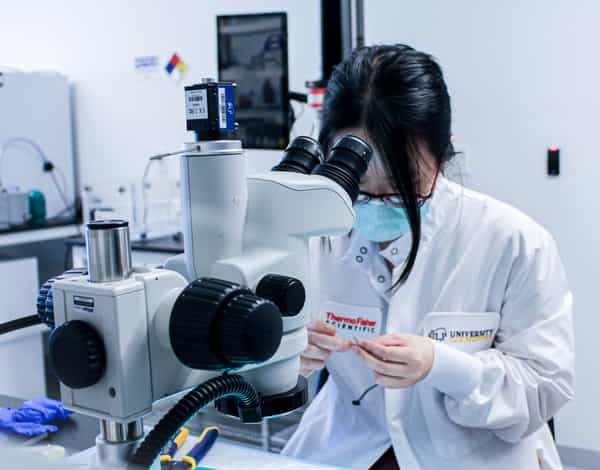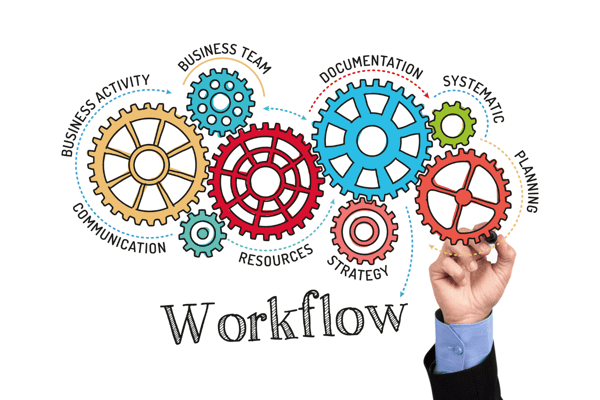Learn about how to take your product into the market using 5 basic steps.
The Leap describes the transition from technology in the lab to in the market. Generally, companies are constricted by two obstacles: money and time. Making a leap too early can cause issues down the line, as your team/product might need to be called back. On the other hand, you could wait too long to develop a product, and competitors could have an advantage over you in that timing.
The main goal is to hit the sweet spot between these two negative options - between waiting too long and not waiting enough.
🔬 Read: Business Resources for Biotech Startups
Here is the basic outline of this article, and your various steps to getting your tech out of the lab and onto the market:
When to make the leap
It’s all about the user
Requirements
Workflow
Future proofing
Understanding each of these sections is essential for getting your technology out of the lab.
🔬 Find out: The Top 10 Reasons Startups Fail to Find Success
Many companies know when they need to get to the market in order to sustain operations. But how do you know when to make the jump out of the lab so that you can meet that goal? The answer is to work backwards.
The first timing aspect to consider is how long it will take you to develop your core technology. Then you need to understand how regulatory actions can affect your timeline. Do you need to submit applications for intellectual property (IP)? Do you need to meet any other regulatory requirements before getting to market for your specific technology? If so, you can add how long it will take to complete these tasks onto your timeline. Learn more about IP strategy and timing here.
Another important time-hurdle is the implementation of clinical trials. Clinical trials not only take a long time to carry out, but they also take time to set up and plan. This should be factored into how long you need to wait before you go to market.
If you realize your timeline is off track by a few months, you may need to take a step back from your approach. If your deadline to get to market is in 6 months and you think you need 7 more months to develop your core technology, ask yourself if those 7 months are really necessary. Could it be possible to work on some projects tangentially instead of in sequence?

Creating products for a consumer market means that the consumer must want your product in order for it to sell. If they do not want it, it will be harder to sell. Understanding the behavioral and preference activity of your customers is essential to understanding how your company can get to the market. If your product is not needed by consumers, it may be worth it to spend more time in the lab developing new methods instead of rushing to get your product into a market that does not want your product.
That being said, there are some product enhancements or changes that can be made after the initial leap to market, and can be implemented as an update or a newer version. Whether or not you need to push off going to market for a particular problem can be decided on a case by case basis. This also requires constant communication with your engineering team.
🔬 Read: HealthTech-Focused Customer Discovery
Product requirements are acquired through interviews with potential customers, industry professionals, and your own staff. This could be classified as a type of product-solution fit.
Requirements can usually be summed up on a one page document that outlines what the product needs to succeed in the market. Typically, this document is then transferred to the engineering department, where they will carry out the requirements in the final product.
Making sure your requirements page is particularly thorough is essential, as mistakes on the document can lead to mistakes from the engineering department.
🔬 Related: Understanding Problem - Solution Fit

Workflow involves defining the processes you need in order for your product to be ready for the market. You should ask yourself these few questions before starting to develop your product:
Understanding how your product development team and your engineering team can make compromises is essential for getting your product to market in a timely manner. Wasting time and money on a non-essential part of your product can cause issues for your company in the long run.
This idea is also closely tied with your Requirements document. If you outline your ‘needs’ and your ‘wants’ separately, it can help you streamline your engineering and manufacturing process.
Future proofing is a highly recommended process to look into when trying to get your technology onto the market, but it is not necessarily required. Future proofing requires you to analyze the future and make your product less susceptible to stress in the long run. Future proofing involves a lot of ‘What If’s?’ You need to look at the possible future implications of your product and where the 2nd, 3rd, and even 4th stages of your particular product could be.
Future proofing also takes additional time and research, but that is not to say that it will not be worth it down the line. Usually pre-planning for future stressors and adding a month onto your expected market delivery date is more efficient than having to fully reconsider your product down the line.
Here are a few key takeaways that you should get from this article:
Q: What do you do if your product design is not compatible with what you have gathered from user interviews?
A: The first step is to dive deeper into your customer studies, and learn more about why they feel the way they do. You should also see whether or not the requirements from the customers are actually critical to your profits and growth.
Q: How do you manage the budget limitations when it comes to changing scope or direction?
A: The most important thing to do here is to communicate directly with your engineering team. You should look for the worst and best case scenarios, and whether or not the best case can fit into your proposed budget.
Q: How can you mitigate regulatory risks for the everchanging COVID19 medical device and treatment market in 2021?
A: The first thing to do is to find a regulatory consultant and discuss your concerns with them. They can provide insight you might not have when it comes to US (and foreign) regulations.
Q: What should you do when you realize you may need to revise your current product strategy?
A: The first thing you should do is pause and reflect. Taking a moment to plan next steps instead of constantly putting band-aids on a growing problem will allow you to fix the underlying issue faster.
This information comes from a talk sponsored by the Goddard Inc. and University Lab Partners featuring Ajay Patel. View the full talk here.
Ajay excels at driving teams to successfully complete projects across the medical, life sciences, and consumer industries. With engineering management experience, Ajay has also developed the ability to find and build cross-functional teams as well as develop their engineering skills. The combination of these skills allows him to partner with clients across industries and tackle product development at any stage, from ideation through production.
Be sure to subscribe to the ULP YouTube Channel to never miss another webinar, and connect with us on LinkedIn to stay in the loop!
Download The Ultimate Guide to Wet Lab Incubators in Southern California, a handbook to assist life science start-ups through the entire decision-making process to find wet lab space.
Download Now